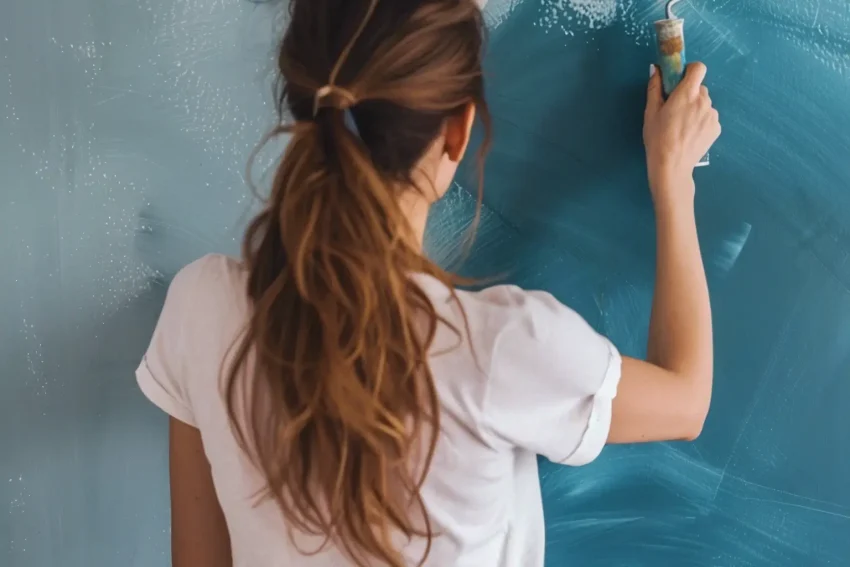Table of Contents
The paints you use for your home is more than just a decorative element – it’s the first line of defence against weather, wear, and tear. With time, the interior and exterior parts of your house can begin showing signs of deterioration with environmental damage. A fresh coat of paint can make your living spaces look like a dream and instantly enhance curb appeal, but how do you know when it’s time to repaint?
Here are the 10 telltale signs that indicate it’s time to pick up your brush (or call a professional) and give your home the paint refresh it deserves.
1. Fading Colours
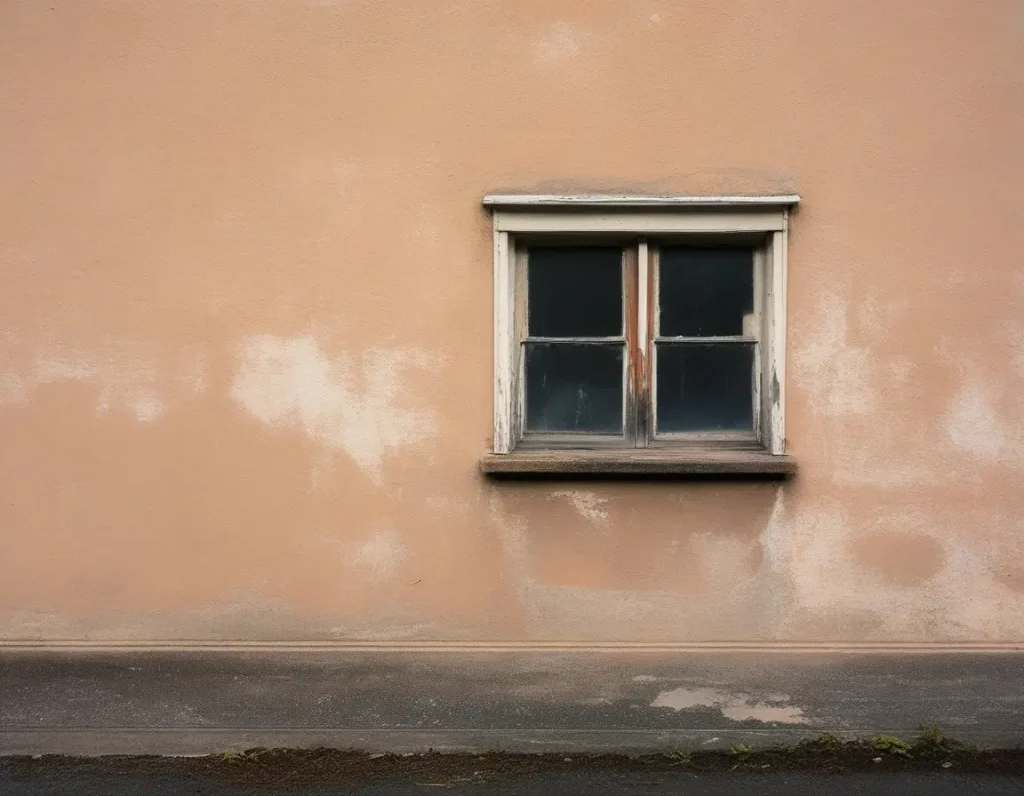
The first and most obvious sign to repaint your home is fading paint. With time, colours have an unfortunate chance of losing their vibrancy due to exposure to sunlight, UV rays, and weather. This is especially true for house exterior painting. If the exterior paint has lost some of that pop or brightness, it had the first time you painted your house, maybe it is time to give your home a fresh coat of exterior paint. Alternatively, if your interior paint is fading due to sunlight from windows, it’s time for a touch-up or a fresh coat on the interior painting.
2. Peeling or Cracking Paint
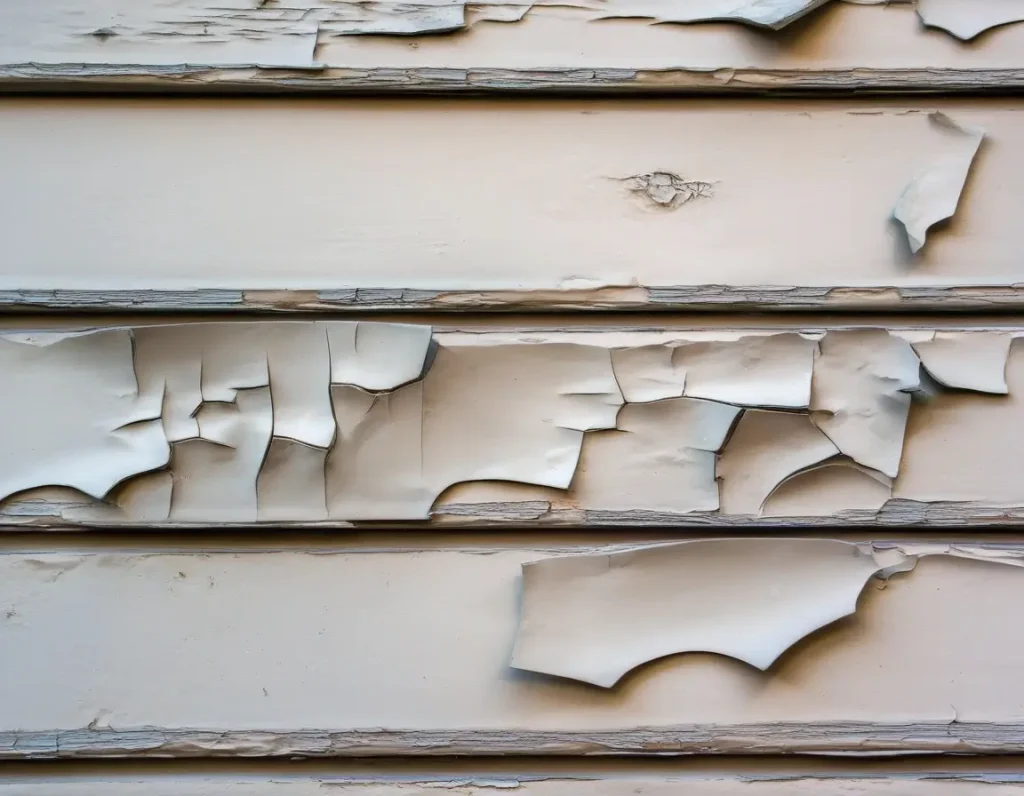
Peeling or cracking paint presents more than aesthetic issues. It’s a symptom that the paint is no longer protecting your walls. Overall, the most common causes are exposure to moisture or extreme weather and sunlight, leading to the need for repainting exterior houses. For your home’s interior, high-moisture areas like bathrooms and kitchens are particularly prone to peeling paint. If it is not corrected, this condition can lead to further damage, even threatening the structure in extreme cases. If it’s peeling, then it’s time to repaint the interior and exterior parts of your home.
3. Bubbly Paint

Air bubbles can form under the paint, which is the most evident sign that water is trapped inside. This might be an issue with both interior and exterior painting, especially in wet parts of the house, or areas where rain falls more often. Whether it’s the painting from the exterior or the interior one being damaged by excessive moisture, bubbling paint is, without any doubt, a sign that the underlying layer must be repaired first and then repainted.
4. Cracked Caulking

Caulking is one of the materials that fill joints between surfaces such as sealing windows, doors, and baseboards. If you notice cracked or peeling caulking, it’s a sign that your paint has also lost its elasticity and protective qualities. Repainting is an opportunity to apply new caulking on your walls, keeping them sealed after painting. Cracked caulking is an opening where water can seep through the walls of your home, so it must be addressed immediately when you are redesigning the colours of your house.
5. Old Colours

Trends in home painting styles and colour schemes evolve throughout time, and what was once stylish may now feel outdated. If your home has had the same colour scheme for a long time, it’s time to update your space with a bit of trendy wall painting ideas. This is especially true for homeowners who wish to enhance the value of their property. Whether painting an interior or exterior scheme in your home, using contemporary tones in colour combination ideas can really make a difference.
6. Stains and Scuff Marks
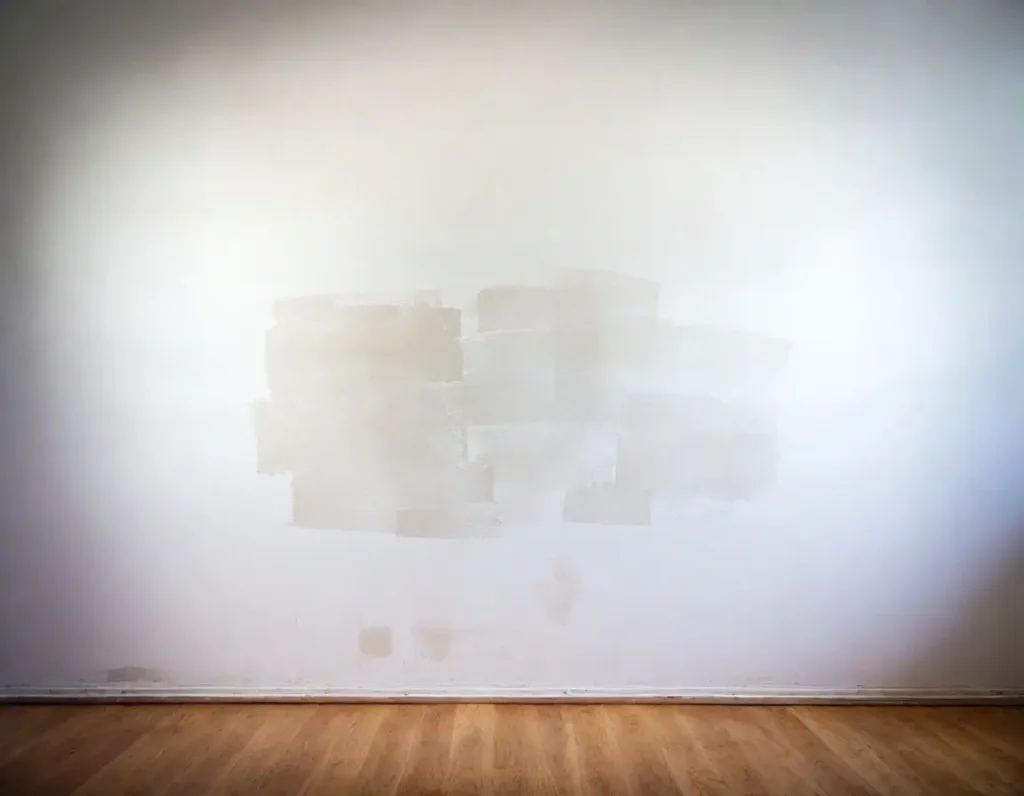
Life happens, and walls get dirty over time. Scuff marks, discolouration, or stains- present across high-traffic hallway walls, living rooms, or otherwise covering light switches-are pretty unsightly things, and cannot be cleaned out of existence always. Minor marks can be covered with a little spot painting, but larger areas of damage usually require a full repaint. Hence, a fresh coat of paint is what you need for your interiors and often what your home has been aching for.
7. Water Damage
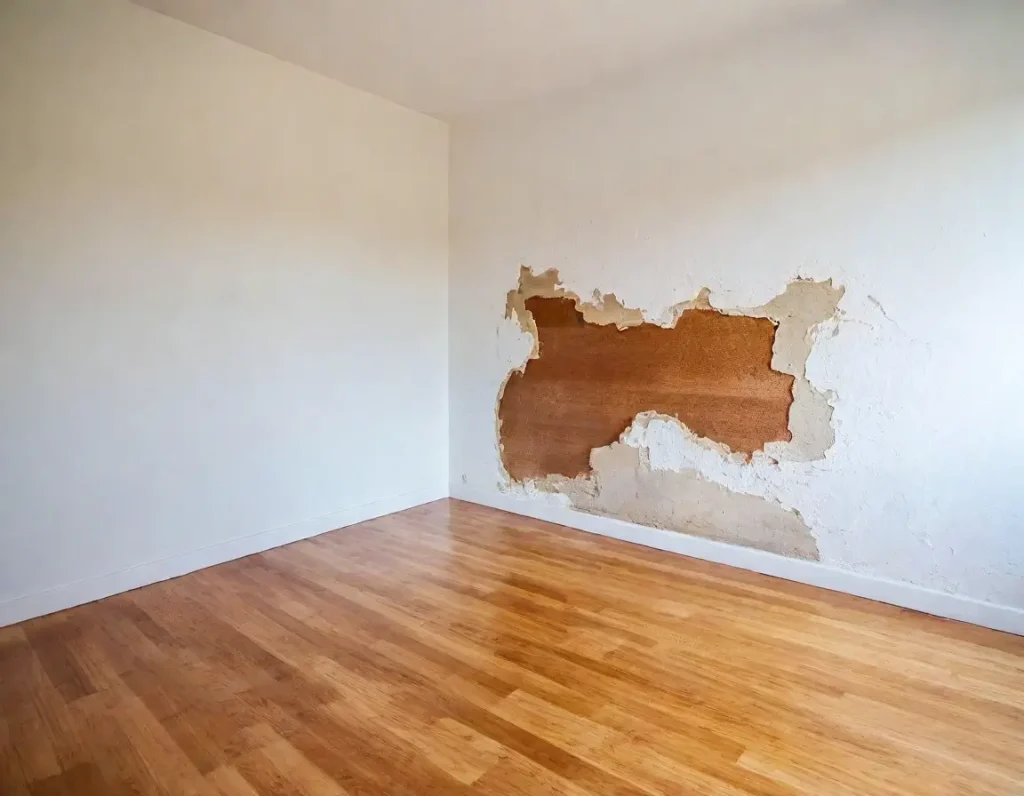
Water stains on your walls or ceilings are definitely a red flag. Such stains are not only an eye sore but also indicate that there’s some leakage or moisture problem present. Once you take care of the actual water source, repainting the affected sections is a must. If left untreated, it can lead to mould and mildew growth, which is fatal for your health. This can be looked after both during interior painting and exterior painting to avoid any further infiltration of moisture.
8. Chalking

Chalking is that powdery substance that settles over your exterior walls, a residue that forms through paint breakdown. Chalking is very common in older homes and means the paint is no longer offering protection it could originally have provided. Chalking not only affects your house’s appearance but also destroys the integrity of your walls. When you notice the white powdery residue, repaint the exterior part of the house with durable and weather-resistant paint.
9. Gaps or Shrinking Wood
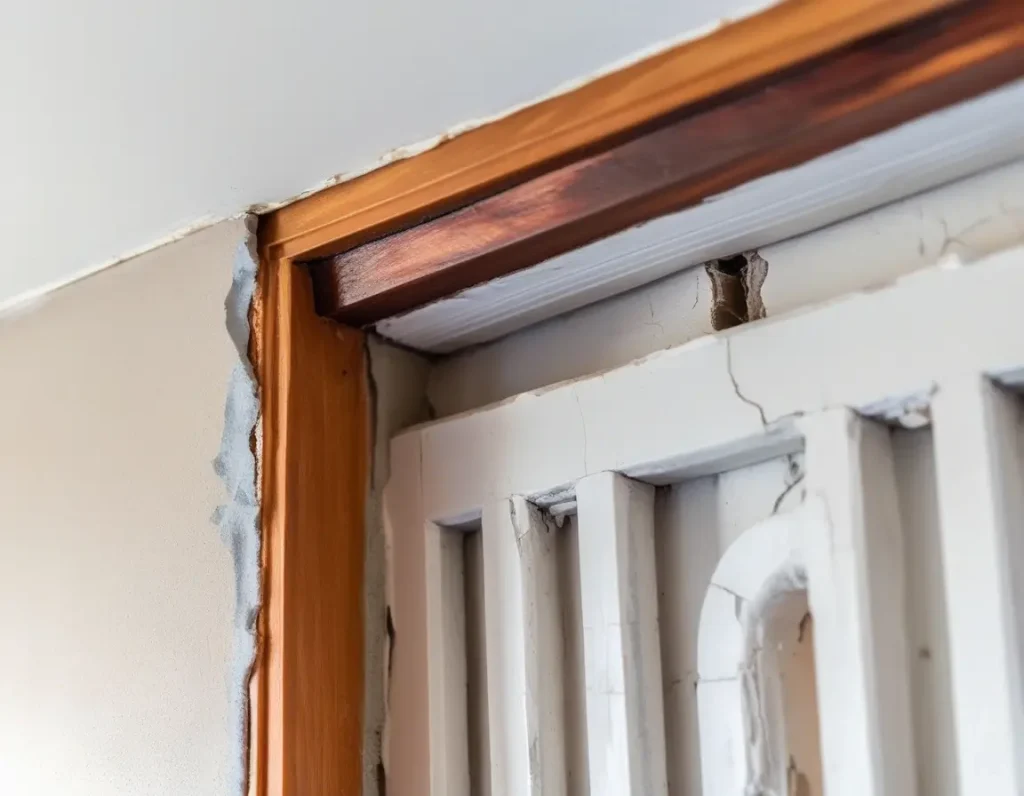
Wood siding or trim creates cracks between planks or has wood shrinking due to weather. These changes can make paint crack and peel even further and weaken the wood. Painting the outer walls of your house will protect the wood from more damage and keep your home looking perfect. Well-timed maintenance, including painting, improves the lifespan of wooden elements of the exterior walls of your house.
10. More than 5-7 years have passed since the last repainting
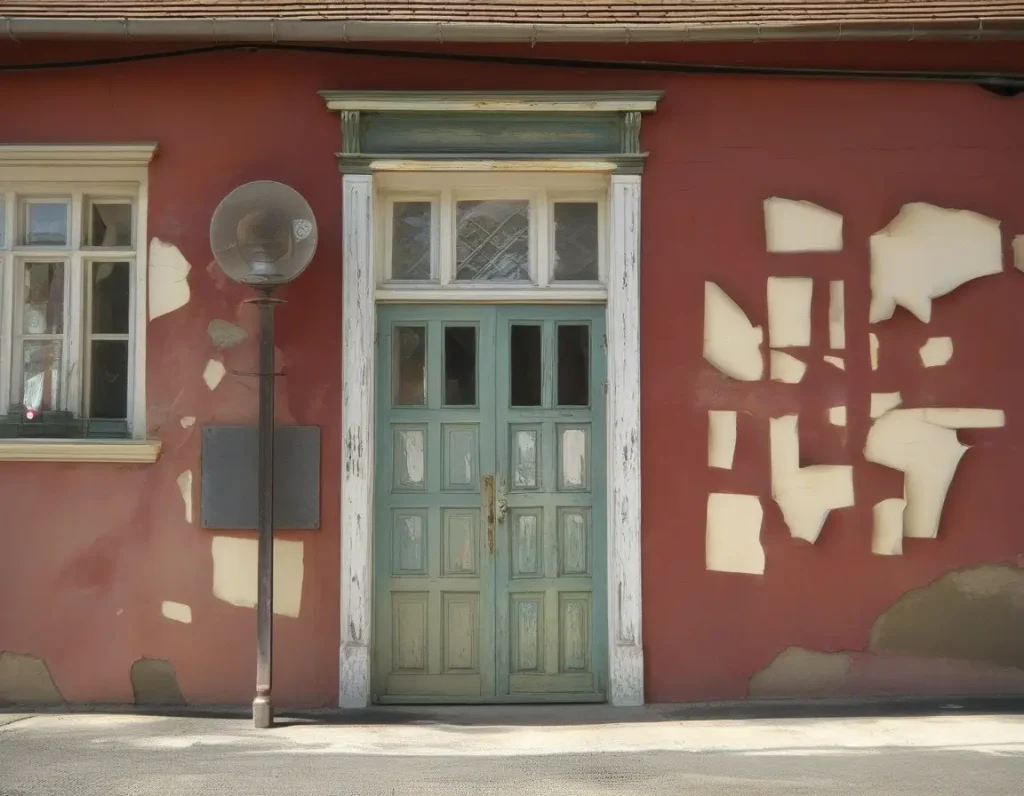
If you do not see any visible signs that point to the worn-out look of your home, then exterior painting must be done at least every 5-7 years, depending on the paint type and your region’s climate. The interior spaces can vary as high-traffic areas require a touch-up every 3-5 years. Painting is an important part of maintaining an aesthetically pleasing look and preserving your home against natural elements. Frequent repainting also can help avoid big and expensive repairs in the future.
Plan Ahead: How a Painting Cost Calculator Can Help
Always plan the budget beforehand. This is when a painting cost calculator really comes in handy. With AapkaPainter’s painting cost calculator, you can figure out how much materials and labour cost for interior or exterior paint jobs on your house. They vary with the size and type of paint and the job type.
Moreover, a painting cost calculator ensures that you get an accurate estimate so that you won’t have to incur much extra expense later.
Conclusion
Just knowing when to repaint your home is key to its fresh appearance and the preservation of its structural strength. Whether it is a fading colour, peeling paint, or just time for a change, taking heed of these signals will help you keep your home beautiful and valuable. With the right planning, consider it an investment for the future as well as a much-needed facelift for your home.
